 After participating in several Dental meetings over the past few months, I think that there needs to be some discussion of the three phases of current restorative dentistry and dental technology. Many of the participants at the meetings were unaware of just how the entire process of digital dentistry works. While many would wish that there was a “Three Click” option; this is just not the case at this time, so let’s take a look at what we are actually doing.
After participating in several Dental meetings over the past few months, I think that there needs to be some discussion of the three phases of current restorative dentistry and dental technology. Many of the participants at the meetings were unaware of just how the entire process of digital dentistry works. While many would wish that there was a “Three Click” option; this is just not the case at this time, so let’s take a look at what we are actually doing.
Digital Capture
We do have a three phase system. The first phase is Digital Capture. Much like a digital photograph this consists of the clinical professional capturing the preparation site and pertinent surrounding landmarks, like tissue and opposing dentition with an intra-oral scanner. The laboratory may also capture this information in a Lab Scanner using an impression or a model. Most dental professionals understand this part of the process as it replaces the impression material currently in use. This captured information can then be sent electronically to several options to be processed.
Digital Design
The second phase is Digital Design (CAD). This is where the digital model of the captured preparation and the surrounding site is created first and then the digital design of the restoration is created to fit the model. This restoration or digital tooth design may come from a library of generic teeth created around existing denture tooth molds or a custom set of designs created by a Technologist or Dentist. This digital tooth design is then added to the digital information of the model and adjusted for fit.
Digital Manufacturing
Once the design for the restoration has been modified to the fit, form and function necessary for the patient, it is sent to the third phase or Digital Manufacturing (CAM) portion of the process. Here it is either milled, printed or laser sintered to create in reality that which was imagined digitally. The digital process of the dental restoration ends here. For all of these manufacturing processes there is a range of additional post processing steps required before the finished restoration can be placed in the patient.
At this time the “Three Click” option spoken of previously does not exist. This would be a simplistic method of the three phase system mentioned before. With a single click of a button the image is captured. With a second click of a button the model and the design of the restoration are completed and with the third click the manufacturing process completes the restoration with no further steps. The restoration is then placed.
Conclusion
While we may have this “Three Click” type of restoration at some point in the future, the reality of today’s digital dentistry is that it still hinges on a cooperative effort between the users of the three phases.
As Digital Dentistry and Technology expand into future technologies we will see even better materials whose post production process will be less and less. Two of those materials currently available are 3M’s Lava Ultimate and VITA’s Enamic. These are both permanent restorative materials which only require a post milling polish prior to insertion.
While the Ceramics we have used for the past 50 years have served us well, they will be replaced just as the amalgams which were systematically placed are now being replaced by ‘white filling’ composites.
The e-max of today, even when milled in the “blue-block” form, cannot produce the ‘crown in an hour’ concept that many dentists hoped would be a reality at this point in time. Post processing time causes delays. Shortening that process causes poor performance in the material.
Long before we get to a “Three Click”, “Crown in an Hour” system, we are going to see changes in both the materials and processes which will allow for more simplistic restorative manufacturing.
Understanding and being involved in the three phases in current restorative digital dentistry will help as we consider our future options.
Photo Credit: Desert Dentistry via Compfight cc



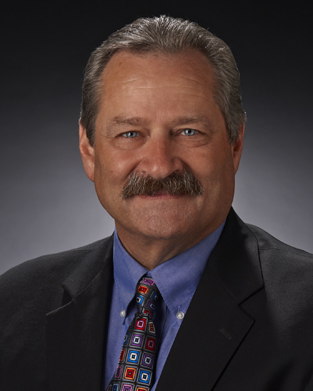



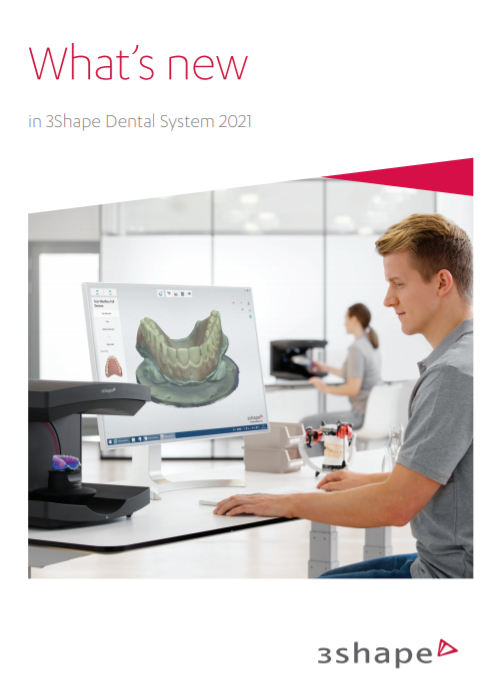

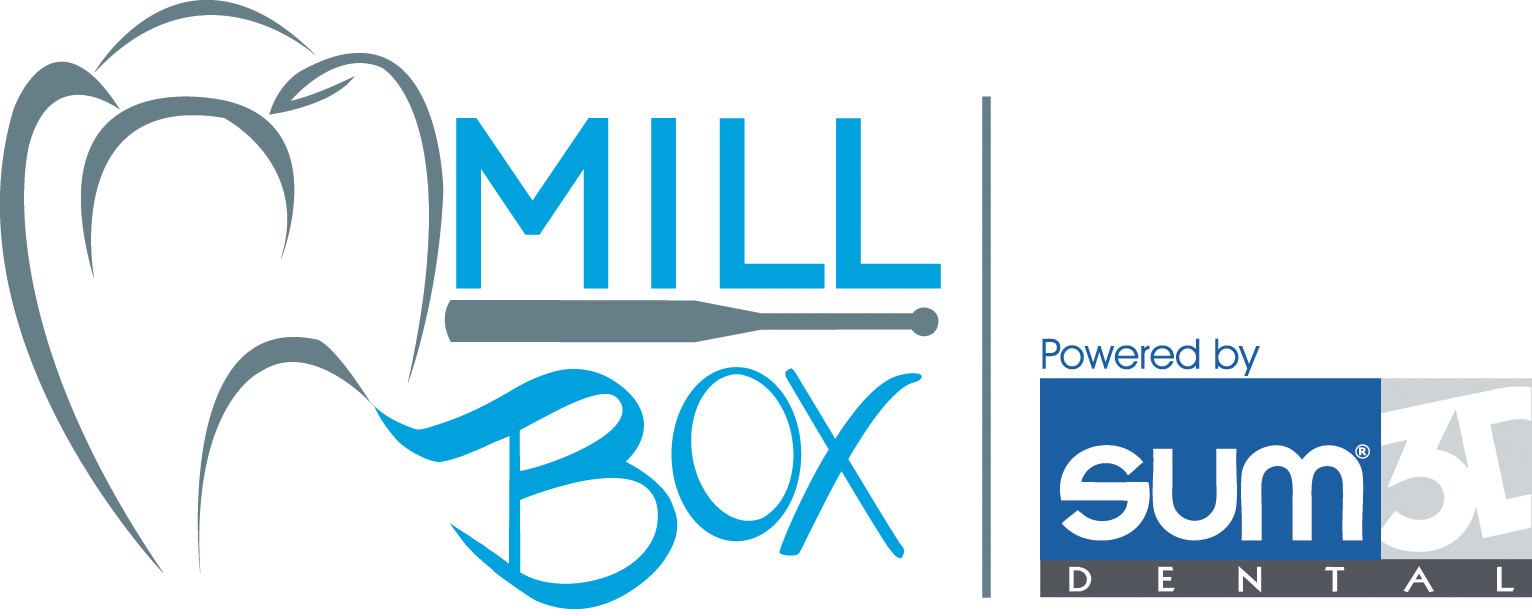
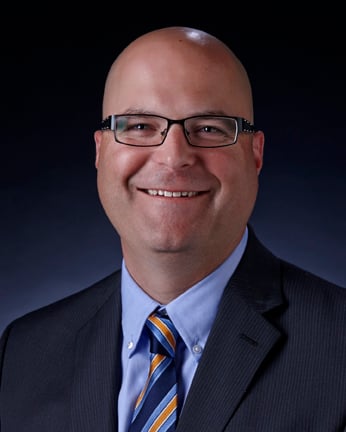
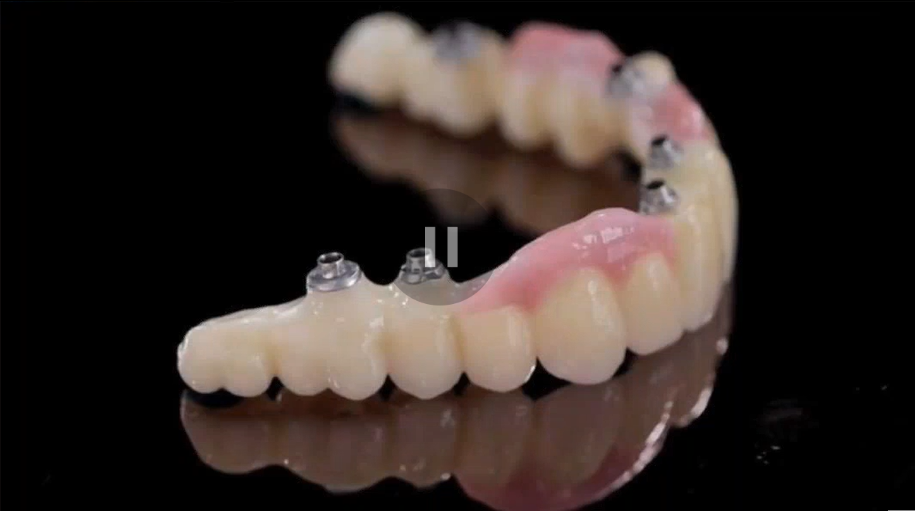

Leave a comment